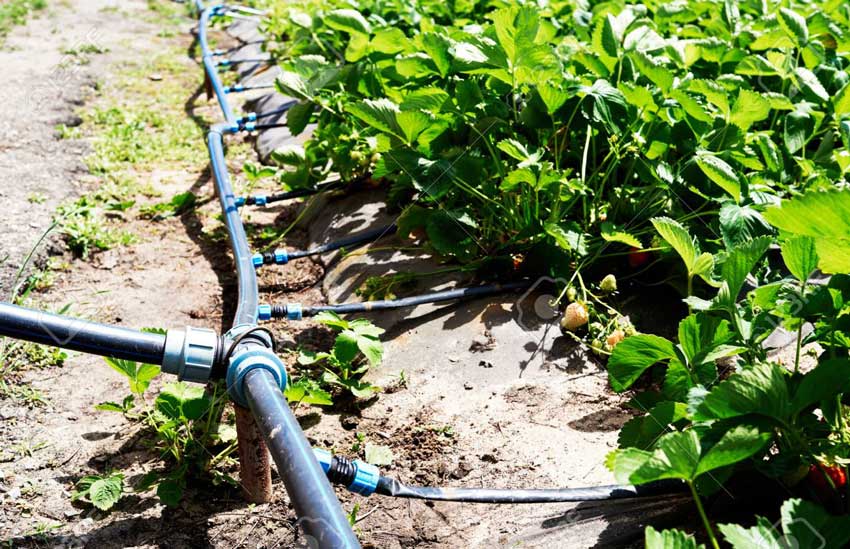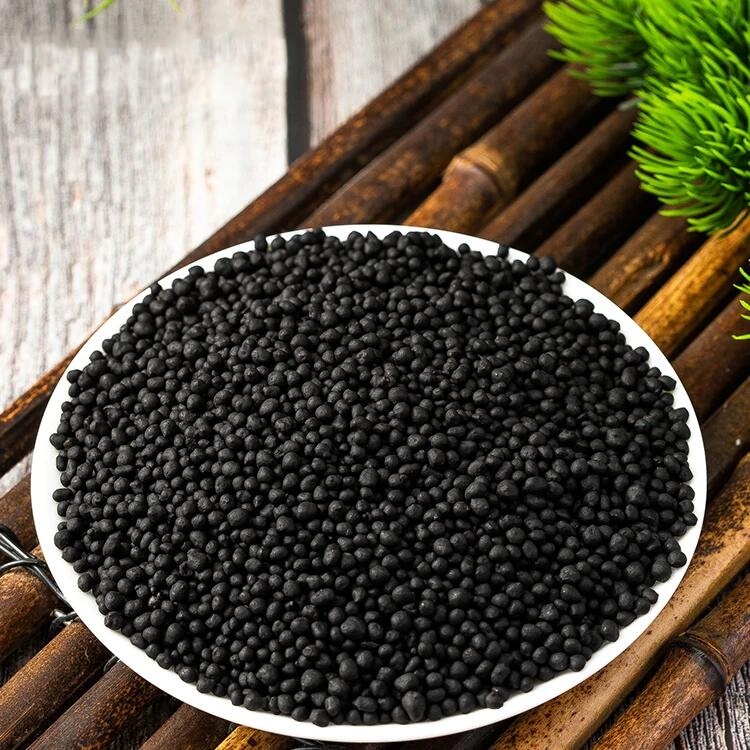Although the effect of potassium fulvic acid from mineral sources is very significant when used alone, some customers hope that it will be easier to apply, so there is often a type of question: Can potassium fulvic acid from mineral sources be combined with chemical fertilizers, trace element fertilizers, and pesticides? Insecticides, fungicides, plant growth regulators, microbial inoculants, etc. are mixed and used?
1. Can potassium fulvic acid from mineral sources be mixed with chemical fertilizers (such as urea, ammonium sulfate, potassium dihydrogen phosphate, potassium sulfate and other compound fertilizers)?
It can be mixed and used, but you need to pay attention to the compatibility of potassium fulvic acid products from related mineral sources. Most chemical fertilizers are acidic after being dissolved in water, and the humic acid in mineral potassium fulvic acid is insoluble in acidic solutions, so there will be corresponding flocculation limits. If the cations in the chemical fertilizer solution are too high, flocculation will also occur. .
Therefore, please pay attention to small batch experiments before use. If it causes flocculation and sedimentation, it is recommended not to use it in drip irrigation or sprinkler irrigation, as it may easily cause clogging of drip irrigation belts or sprinkler irrigation belts. However, there is no problem when used for flushing fertilization, because flocculation is just humic (phytic) acid or fulvic (phytic) acid complexed with cations to form macromolecular compounds. Not only does it not affect the fertilization effect, but this complex can also Greatly improve the utilization rate of nitrogen, phosphorus, potassium and other elements in chemical fertilizers.
2. Can mineral potassium fulvic acid be used together with trace element fertilizers (boron, zinc, molybdenum, iron, manganese, copper, etc.)?
Boron can be blended, but it is not recommended to use trace elements such as zinc, molybdenum, iron, manganese, copper, etc., which are more than bivalent in aqueous solution. Natural waters already contain some calcium and magnesium ions. If water-soluble trace elements are added, it is equivalent to increasing the hardness of the water. The anti-flocculation value of potassium fulvic acid from mineral sources is fixed. At this time, if the anti-flocculation limit of potassium fulvic acid from mineral sources is exceeded when the two are mixed, precipitation and subsequent stratification will occur, and fulvic rot from mineral sources will also occur. It is suspected that the anti-flocculation ability of potassium acid has decreased.
However, the usage of most trace element fertilizers is very low, so when the two are blended, the proportion of trace elements will also be very low, and most of them will have little effect on mineral potassium fulvic acid.
Recommendation: Do a compounding experiment before mixing and using to see if the final mixed solution can be stable for about 12 hours.



